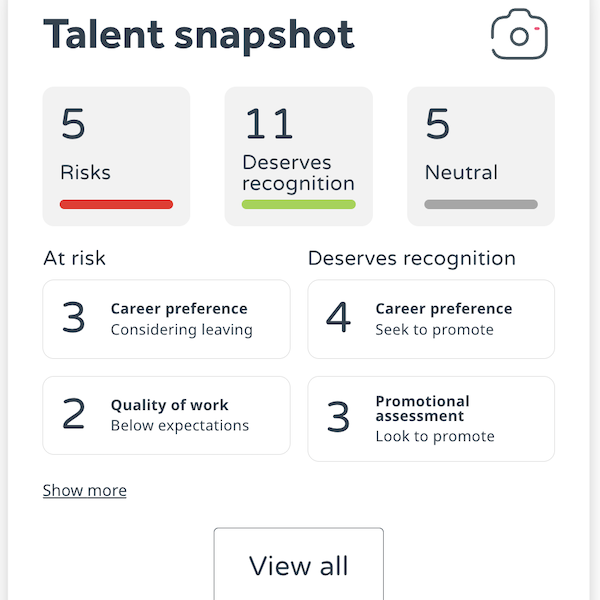It’s Monday morning and I have a weekly management meeting with my director…. Last week was not a good week – we missed our numbers again ;-(
As expected got a bit of a grilling – must work harder was the message!
So I cancelled all my team 1-2-1s and put a £25 voucher up for grabs for the person who hits their target first…. Should work – oh wait – I tried that last week!
WRONG, WRONG, WRONG!
In the words of Dan Pink ‘money does not motivate’… but what else can a hard pushed or inexperienced manager do that improves staff performance?
Assuming you have employed people who are capable at performing the job you hired them for then if they are missing their numbers something is stopping that happening.
Your number one job as a manager is to remove these blocks for your team – look at it like your staff are YOUR customers and YOUR service to them is to enable them to do their jobs. If you keep this in mind you will be light years ahead of other managers who think their staff are their minions…
First stop, second book in 20 minute 1-2-1s with all your team and LISTEN to what they are telling you. This is the number one thing you can do – but that in itself is not quite enough….
The root causes may not be immediately obvious – some will be buried deep in their subconscious so you are unlikely to get those out on the table.
Use open questions to help them get to what might be causing them problems – them finding the cause themselves is infinitely more powerful than telling and the first step to resolving it.
Here is a simple framework you can use to run these meetings, which will take your staff from where they are today to a better place – quickly and under their own steam. The RIGAAR conversation tool;
- Rapid rapport building
- Information gathering
- Goal setting
- Access Resources
- Agree strategy
- Rehearse
RIGAAR in more detail
- Start by building RAPPORT with the other person to get them at ease. If you want you can try matching posture, movements and tone of voice – but practice first and do it subtly or it may back fire and people may feel you are trying to manipulate them. Whatever the purpose of your meeting, don’t mention it until the ice is broken, shoulders have relaxed and breathing has returned to normal. Until then, talk about subjects which will generate good feeling. This is where you talk about something that works.
- When, and only when, you have broken the ice and conversation is running well, you can talk about what could be better. You need the best possible INFORMATION about how they see the issue(s), and you need to have it in terms that make sense to them. Then you’ll be working from their picture, not yours, in other words, and real communication can take place. This also means asking open questions and unpacking any fuzzy or abstract replies.
- Now it’s possible to build the future and set some GOALS. These need to be framed Positively (‘do this, rather than ‘don’t do that’), be Achievable in practice by the person you are talking to, and be needs-related so they will generate motivation.
- Now you need to make it happen– start by accessing the resources that they’ll need to get going. How can they ACHIEVE the new goals, in other words – what have they done before that was similar and worked well? Who have they seen learning and growing as a result of a similar intervention at work? Wake up these memories and they will feel more confident and optimistic about the new objectives. Also reassure them that all the necessary knowledge, skills and practical resources will be available.
- Now get practical and AGREE the strategy for the change. How, exactly, in practice, will they use their skills and resources to achieve these new goals? What training and support will they need, how will the changes be brought in, when, where, and so on. Get as full a list as you can so there is little or no uncertainty left to cause fear.
- Now it’s time to REHEARSE these changes. Ask ‘what do you think it’ll be like, being able to…’ – and any other questions that will get them imagining a future that works better. If they can build a real picture of it and feel the benefit, there’s much more chance of change starting – and sticking.
If you find this interesting visit our resources center and download our two ebooks – quick easy reading for managers who want tips that improves staff performance. Let us know how it goes and leave a comment on this post – we’d love to hear from you.

